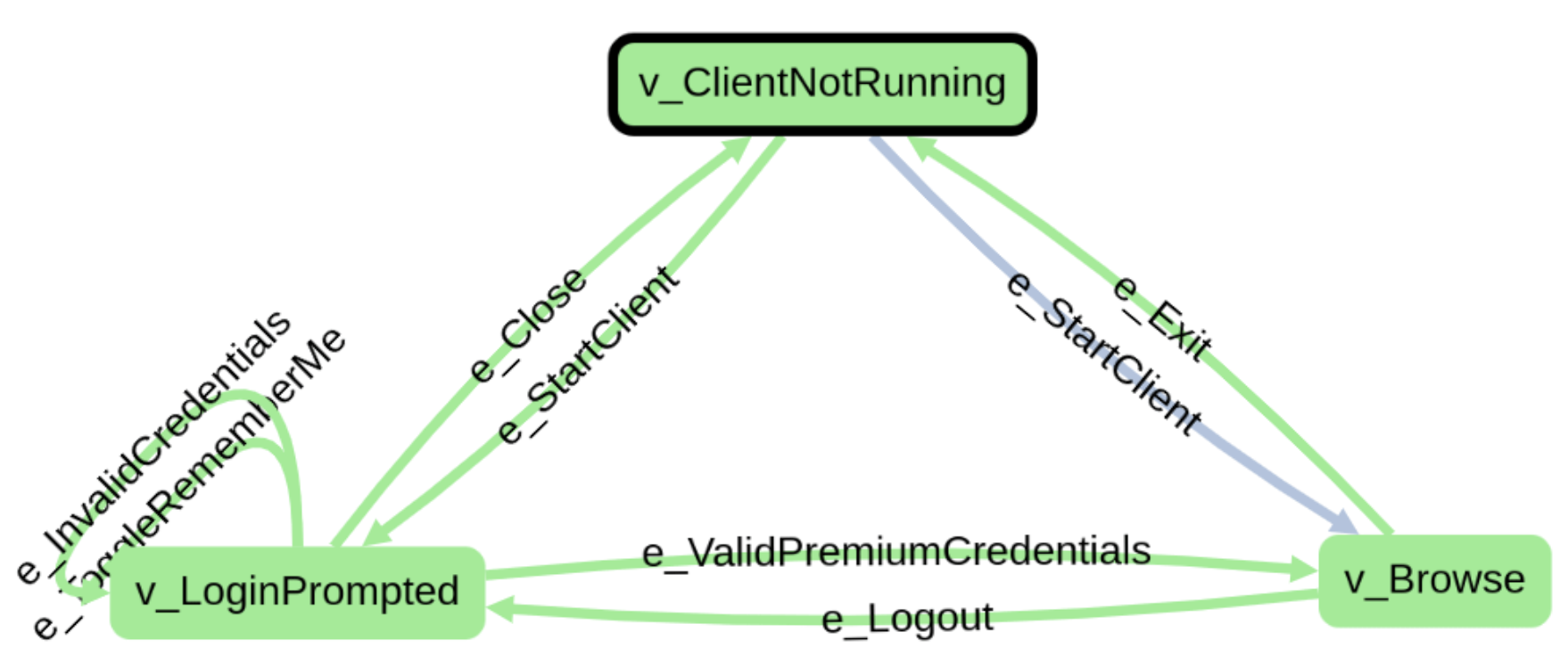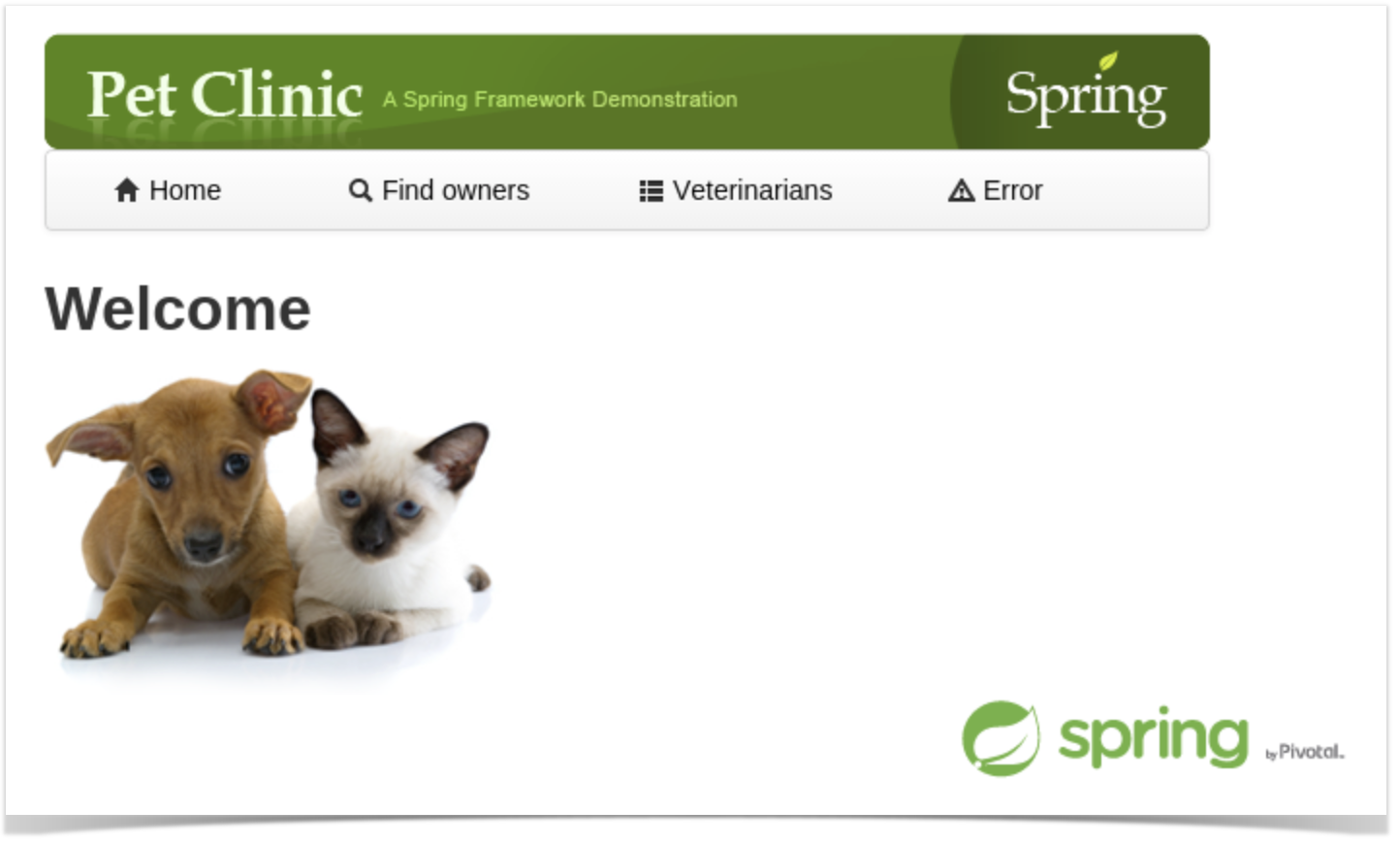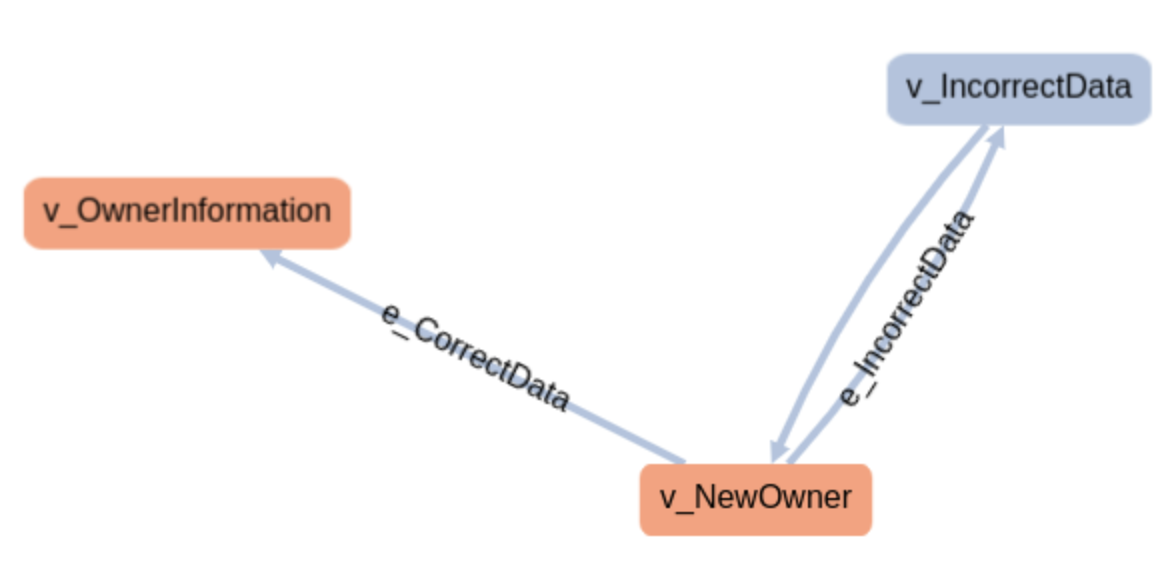Overview
GraphWalker is a tool that addresses State Transition Model-Based Testing; in other words, it allows you to perform modeling around states and transitions between those states using directed graphs.
Starting by clarifing some key concepts, using the information provided by GraphWalker's documentation that explains them clearly:
- edge: An edge represents an action, a transition. An action could be an API call, a button click, a timeout, etc. Anything that moves your System Under Test into a new state that you want to verify. But remember, there is no verification going on in the edge. That happens only in the vertex.
- vertex: A vertex represents verification, an assertion. A verification is where you would have assertions in your code. It is here that you verify that an API call returns the correct values, that a button click actually did close a dialog, or that when the timeout should have occurred, the System Under Test triggered the expected event.
- model: A model is a graph, which is a set of vertices and edges.
From a model, GraphWalker will generate a path through it. A model has a start element, and a generator which rules how the path is generated, and associated stop condition which tells GraphWalker when to stop generating the path.
Multiple models can interact with one another (i.e. jump from one to other and vice-versa), using shared states (i.e. vertices that have a "shared name").
Each model has an internal state with some variables - its context. Besides, and since GraphWalker can transverse multiple models, there is also a global context.
We can also add actions and guards to the model, which can affect how the model is walked and how it behaves:
- action: a way of setting variables in the model or global context; actions are mplemented using JavaScript
- guard: a way of blocking/guard edges from being walked/executed, usually considering variables stored in the model or global context; guards are implemented using JavaScript
In sum, we model (i.e. build model) a certain aspect related to our system using directed graphs; the model represents a test idea that describes expected behaviors. Checks are implemented in the vertices (i.e. states) and actions are performed in the edges. GraphWalker will then "walk" the model (i.e. perform a set of "steps"/edges) using a generated path. While doing so, it looks at JavaScript guards to check is edges can be "walked" and performs JavaScript based actions to set internal context variables . It stops "walking" if stop condition(s) are met.
To build the model, we can use a visual tool and (GraphWalker Studio) and export it to a JSON file.
Mapping concepts to Xray
Tests
Besides other entities, in Xray we have Test issues and "requirements" (i.e. issues that can be covered with Tests).
In GraphWalker, the testing is performed continuously by walking a path (conditioned by its generator) and until certain condition(s) is(are) met.
This is a bit different from traditional, sequential test scripts where each one has a set of well-defined actions and expected results.
The straighforward approach is to consider each model a Test. Remember that a model in itself is a test idea, something that you want to validate; therefore, this seems a good fit.
Requirements
What about "requirements"?
Well, even though GraphWalker allows you to assign one or more requirement identifiers to each vertex, it may not be the best suitable approach linking our model (or parts of it) to requirements. Therefore, and since we consider the model as a Test, we can eventually link each model to a "requirement" later on in Jira.
Results
In sequential scripted automated tests/checkes, we look at the expectaction(s) using assert(s) statement(s), after we perform a set of well-known and static actions. Therefore, we can clearly say that the test scenario exercised by that test either passed or failed.
In MBT, especially in the case of State Transition Model-Based Testing, we start from a given vertex. But then the path, that describes the sequence of edges and vertices visited, can be quite different each time the tool generates it. Besides, the stop condition is not composed by one or more well-known and fixed expectations; it's based on some more graph/model related criteria.
When we "execute the model", it will keep transversing/walking the path and performing checks in the vertices. If those checks are successful until the stop condition(s) is achived, we can say that it was successful; otherwise, the model failed.
Example
In this tutorial, we'll use GraphWalker e-commerce PetClinic example which uses the well-known PetClinic sample site.
How can we test it using MBT?
Well, one approach could be to model the interactions between different pages. Ultimately they represent certain features that the site provides and that are connected with one another.
In this example, our models are:
- PetClinic: main model of the PetClinic store, that relates several models provided by different sections in the site
- FindOwners: model around the feature of finding owners
- Veterinarians: model around the feature of listing veterinarians
- OwnerInformation: model around the ability of showing information/details of a owner
- NewOwner: model around the feature of creating a new owner
Please note
Let's pick the NewOwner model as an example.
v_NewOwner represents, accordingly to what we've defined for our model, being on the "New Owner" page.
If we fill correct data (i.e. using the edge "e_CorrectData"), we'll be redirected to a page showing the owner information.
Otherwise, if we fill incorrect data (i.e. using the edge "e_IncorrectData") an error will be shown and the user keeps on the "New Owner" page.
The Java class that implements the edges and vertices of this model is defined in the class NewOwnerTest. Actions performed in the edges are quite simple. Assertions are also simple as they're only focused on the state/vertex they are at.
To run the tests we can use Maven.
mvn graphwalker:test
This will produce a single JUnit XML report, with one testcase element per each model.
Tips
- use MBT not to replace existing test scripts but in cases where yoou need to provide greater coverage
- discuss the model(s) with the team and the ones that can be most useful for your use case
- after importing the results
References
- GraphWalker
- GraphWalker documentation pages
- GraphWalker e-commerce site (Java example)
- Actions and Guards (from AltkWalker's documentation)


